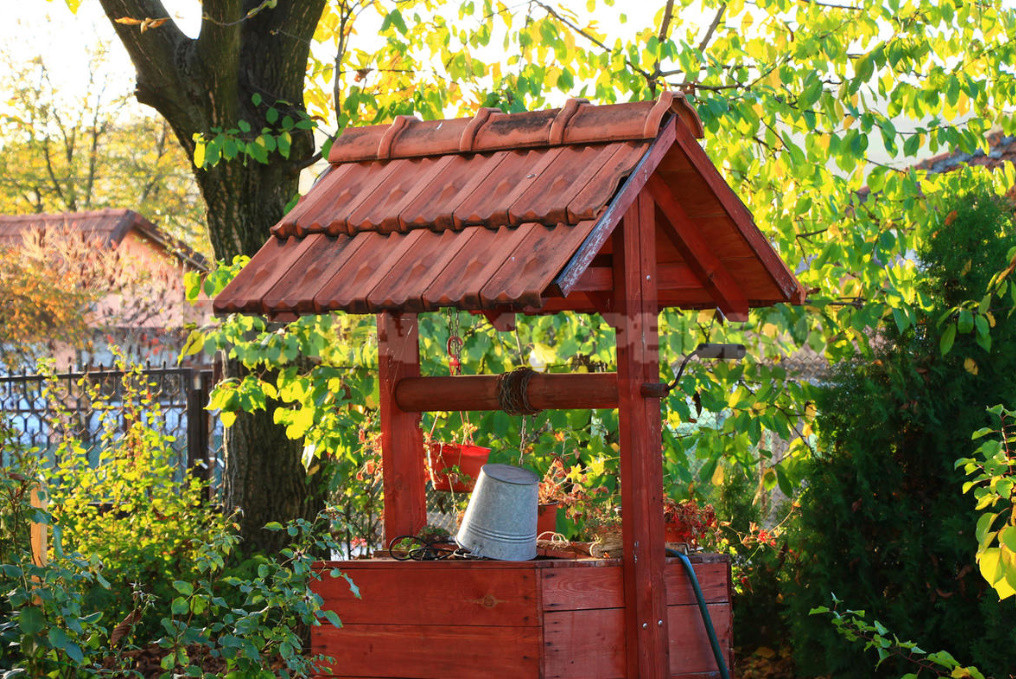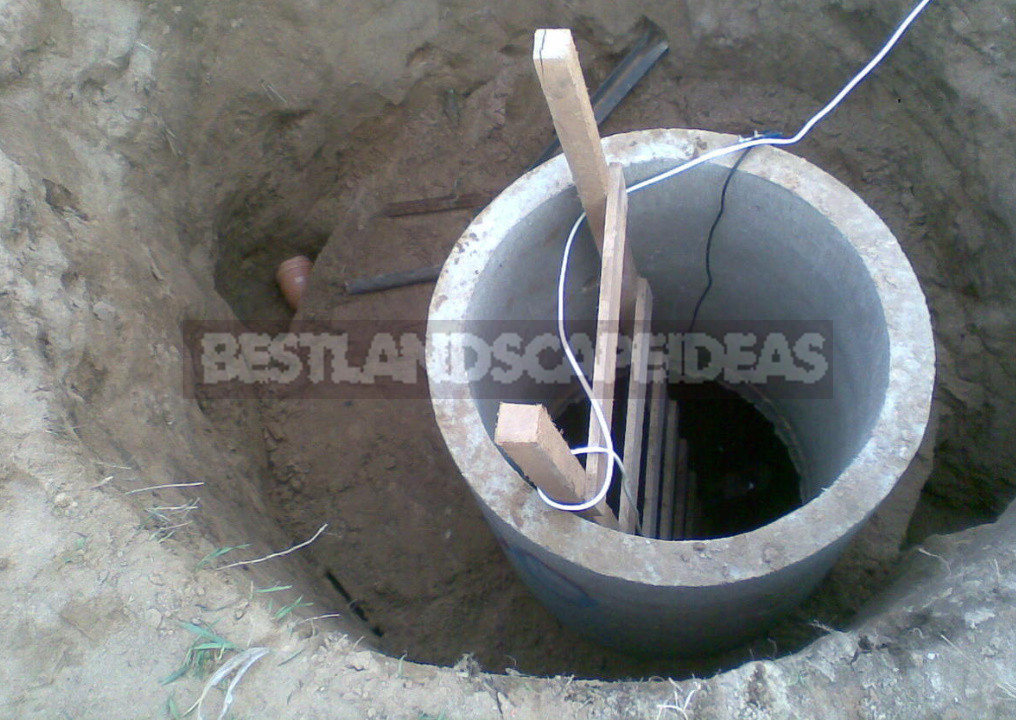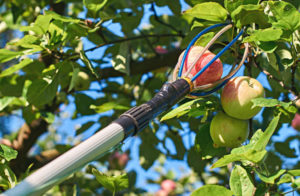
We will continue the topic of water supply of the suburban area. Today, let’s talk about what points you should pay attention to and what to think about if you have decided to dig a well on your site. After all, the viability of the well in the future may depend on how, when and by whom these rings are dug.
What team to choose
So, let’s start with the selection of teams that can be entrusted with the construction of the well. Ask neighbors or residents of your village, who dug them, whether they are satisfied with the work that the wells were built, how things are with water. This need to know, to have some a common picture in your terrain and to assume depth and the possible problems the well. If the neighbors have a good experience of building a well, it makes sense to turn to the same team. If you do not hear more or less good recommendations, you will have to call those that you find on the Internet, which is undesirable. The priority should always be the local team, not those “hard workers” who work throughout the region.
Why? First, those who strictly limit the area of their activities are likely to be familiar with the hydrological and geological features of your area and can predict what to expect in the process. Secondly, local workers are more likely to value their reputation. So, and then find them in case of any misunderstandings will be easier, and it makes no sense to feed you stories and wind the bill.

If you decide to contact the company, which was found on the Internet, it is still very, very desirable that the contract was drawn up. If it is not, then you need to clearly discuss about the following:
- what amount of work promise to perform for your money;
- what kind of material they bring;
- what is not included in the cost of work;
- how does the cost change if there are extraordinary situations (for example, a large stone on the bottom) and what will they do in this case;
- finally, what guarantee does the company give.
Of course, even if there is a Treaty, it is not always possible to solve the problems that have arisen subsequently. But you have to understand that you agree (orally or in writing) that to you will dig in reinforced concrete rings and, in principle, everything. The responsibility for the continued existence of the well is already entirely on you.
In order to more likely to get a good well, as well as so as not to have to then catch the team and demand to do something under warranty, you should take into account some more factors. Address them.
When to dig a well
Let’s say you have decided on the choice of workers. If their foreman insists on digging a well in the spring (and you seem to want to quickly) – drive such from your site! Since ancient times, there have been clearly defined dates when it is possible and when it is absolutely impossible to dig wells: traditionally, work began after June 21. And this is not without reason: in the spring the groundwater level is the highest in the year — actively melting snow, rains. If you dig a well at this time, it is likely that in autumn and winter there will be little or no water at all — in the first place it will be filled with high water. We’ll have to deepen it. In this case, the deepening of the narrower rings costs several times more expensive for the ring than with conventional digging.

Therefore competent crews will never insist and persuade owners to dig a well in the spring. In General, remember: if you want to get a good well, do not give in to any persuasion to start construction in the spring. Closer to the middle of summer, the groundwater level drops to normal, so our ancestors at this time began to build wells. When digging reached the desired aquifers, which will feed the well in winter and summer. Therefore, the correct time to dig a well — not before July!
Also, be sure to take into account the weather conditions: if there are heavy rains, such a well can become a collection of high water rather than a source of clean water.
To sum up: the well should be dug when the groundwater level is low — from mid-summer to the end of frost, until about February.



Leave a Reply